Cruise Line Secrets They Don’t Like Talking About
Cruise Line Secrets They Don’t Like Talking About
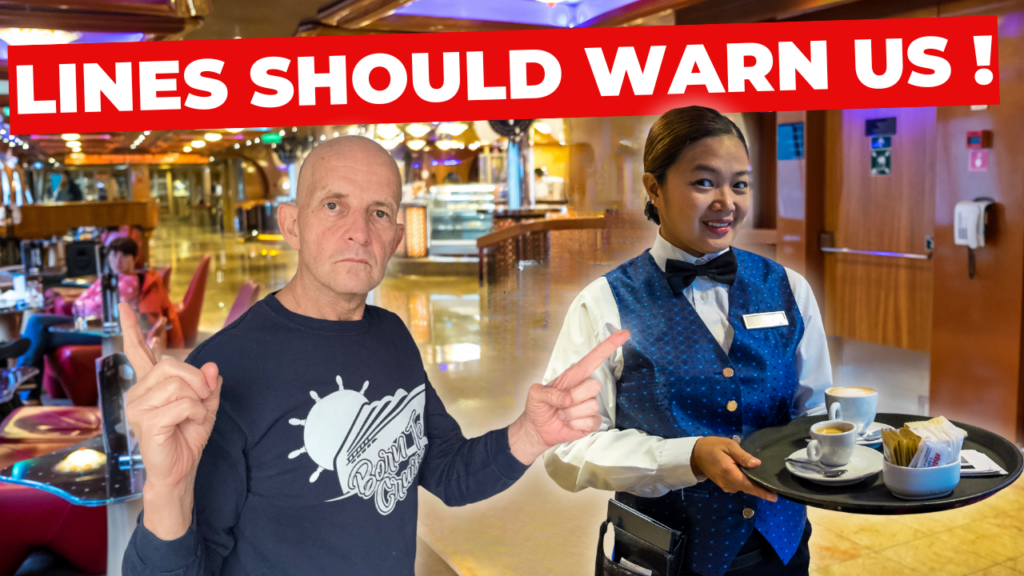
There are several things about cruising that cruise line glossy brochures like these and enticing advertisements don’t reveal or cover. Cruise line secrets and things cruises lines seem coy to talk about or be upfront about.
In this article as I unmask some cruise line secrets that directly affect us all, and why I believe lines should be more up-front about them.
Cruise Line Secret: Hidden Operators
Most passengers assume that everything on the ship is operated by the cruise line itself. However, this is far from the truth. Several high-profile on-board facilities and activities are run by third-party contractors.
This has significant implications for us passengers as buried deep in the cruise contract, cruise lines say they will not accept liability for those contractors’ activities even if we have serious issues with them. This is one of the least know cruise line secrets.
Medical Centre

One that surprises many is that on several lines the medical centres are run by third parties.
While lines that are part of the Carnival Corporation, Norwegian Cruise Group, and Royal Caribbean Group appear to have their own cruise line operated medical centres, some other lines have them staffed and run by external companies like Vikand, Vanter Cruise Health Services, and Marine Medical Solutions.
At time of recording lines including Viking, Virgin Voyages, Ritz Carlton, SAGA, Azamara, Crystal, Disney, Windstar, and Sea Dream are listed as clients of those companies.
Spa and Fitness
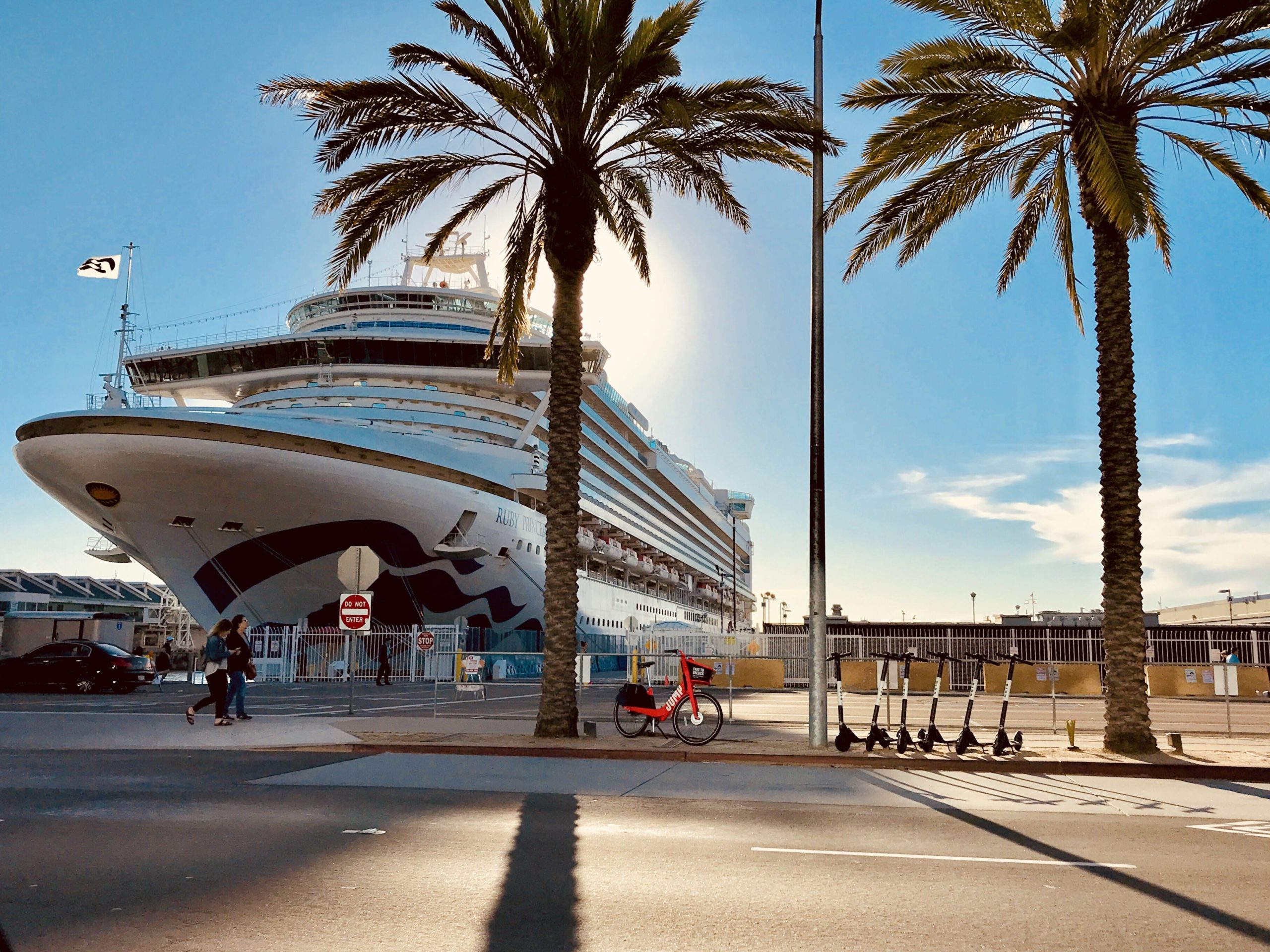
Almost all cruise lines contract out their spas and fitness centres, and most to a company called OneSpaWorld. Based on their website, they currently operate spas for 21 cruise lines. This includes Carnival, Celebrity, Crystal, Cunard, Holland America, Norwegian Cruise Line, Oceania, Princess, Royal Caribbean and Seabourn.
Despite the unique branding of each line’s spa, such as the Lotus Spa on Princess and Mandara Spa on Norwegian, they are all run by that same company.
The spa staff, who do not work for the cruise line, rely heavily on commissions from selling products and up-selling services to us passengers. Hence that heavy sell at the end of every treatment and constant push to buy treatment packages.
In one of her posts about her time working as a massage and beauty therapist in ship spas, Lucy who runs “Cruising as Crew” YouTube channel and blog said “It is very sales driven. You will be given targets and expected to hit them. This comes from the expectation that you will sell something to every guest that you have”
Shops
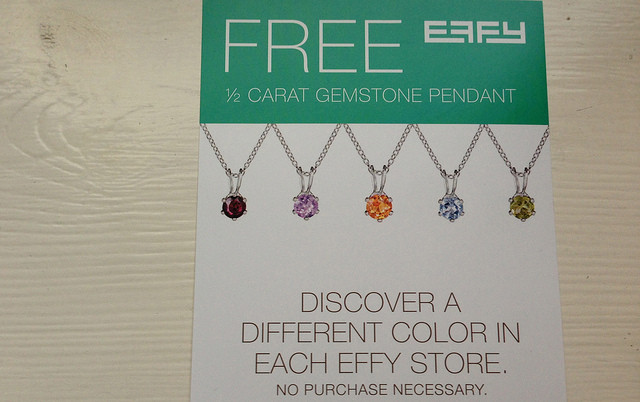
Effy Jewelers Caribbean Shopping Promotion
Other than MSC Cruises, it seems the shops on most cruise ships are not operated by the lines themselves. Instead, third-party companies run them. This is another little-known of the cruise line secrets.
The two main ones are LVMH’s Starboard Cruise Services that runs shops for 15 lines including Celebrity, Carnival, Holland America, Royal Caribbean, and Virgin Voyages.
The other is the UK-based Harding+ which runs shops for 14 lines including Cunard, Fred Olsen, Oceania, Princess, P&O Cruises and Regent.
This means that the staff in these shops are not employed by the cruise line but by those companies, and their income is largely commission-based. This explains the frequent promotions and sales events on board.
Port Shopping Advisors
Additionally, those port shopping advisors on Caribbean, Alaska, and Mediterranean sailings who give talks with prize draws for attending, free gifts, and collectables, and also provide maps of recommended shops in port, are also not employed by the cruise line.
They work for companies like LVMH’s Onboard Media and PPI Selling At Sea, and the cruise lines receive significant fees for these arrangements from stores paying to take part and commissions from sales.
Photography Centre
Many lines do not hire their own photographers nor run their own photo shops, and these are run by contractors.
Hence why photographers are often pushy about taking our photos as they are reliant on generating sales.
Speaking to on-board photographers they confirmed to me they earn a small basic salary, and most of their earnings come from taking lots of photos of us and encouraging us to buy them and photo packages.
Art Sales and Auctions
I think many passengers do realise that cruise lines do not run the Art Auctions and sales on board, as the two main companies running them make it clear they are not part of the line. So, it may be one of the better known cruise line secrets by some.
These are Park West that are on most lines, and the UK-based Claredon Fine Art which is on Cunard and P&O. But again, as with the others, it means you are not dealing with the cruise line if you have issues.
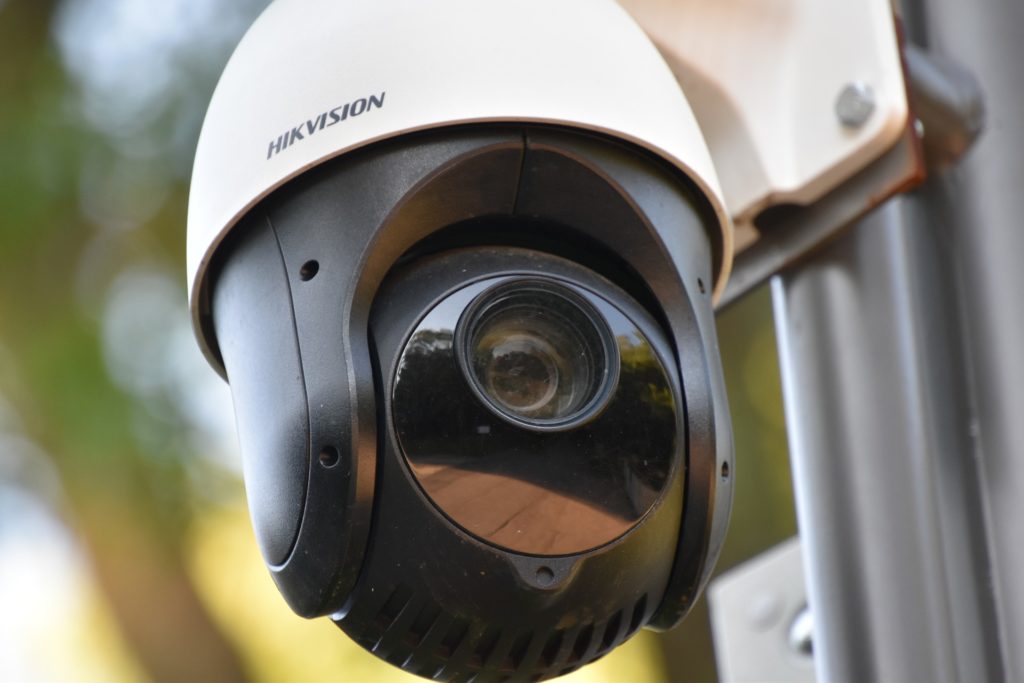
Cruise Line Secret: You’re Being Watched
Most cruisers don’t appreciate that they are being recorded and can be tracked constantly.
Cruise ships are equipped with extensive surveillance systems, including CCTV cameras in every public area and corridors. The only areas on most ships not covered by cameras are inside the cabins, restrooms, and spa changing rooms.
Most lines also use sophisticated facial recognition technology to identify passengers.
The photo taken at check in, or the one you submitted when checking in online, is used by this to do everything from identifying you in any photos the ship photographer takes, so they can then be found by you on entering your cabin number, to identifying individuals by name involved in or witness to any incident, and used in some cases for checking passengers on and off the ship.
Some cruise lines, like Princess Cruises, have taken tracking a step further with their wearable Princess Medallion device.
This not only opens your cabin door, allows you to order and charge drinks and onboard purchases to your cabin, but also tracks your location around the ship and enables crew to address you by name by showing your picture and name on their devices and at restaurant check in when you approach them.
On your next cruise look up and around and you will see CCTV cameras everywhere.
And remember that while they may not be on your balcony, CCTV cameras do have visibility on them. Something to consider if you are thinking of any “adult” or nude sunbathing activity out there!
There is one surveillance technology that most cruise ships do not have, but many feel they should.
Cruise Line Secret: No Overboard Systems
It appears that few ships have Man Overboard Detection Systems.
These systems, which use thermal cameras and micro radars to detect when someone has gone overboard, cost around $200,000 per ship to install according to one of the companies that makes them (MARSS’ MOBtronic system)
Cruise lines are reluctant to comment or say how many ships do have them, but the most recent reports I could find claim that only 30 ships, all from Carnival and Disney, have these systems installed. There are over 300 cruise ships sailing.
Data from CLIA (the Cruise Line International Association) reports that between 19 and 25 people go overboard a year. So, without these systems, cruise lines can only confirm and react after being notified of a man overboard incident and then confirm by reviewing CCTV footage and any sightings.
Cruise Line Secret: Not All Countries Equal
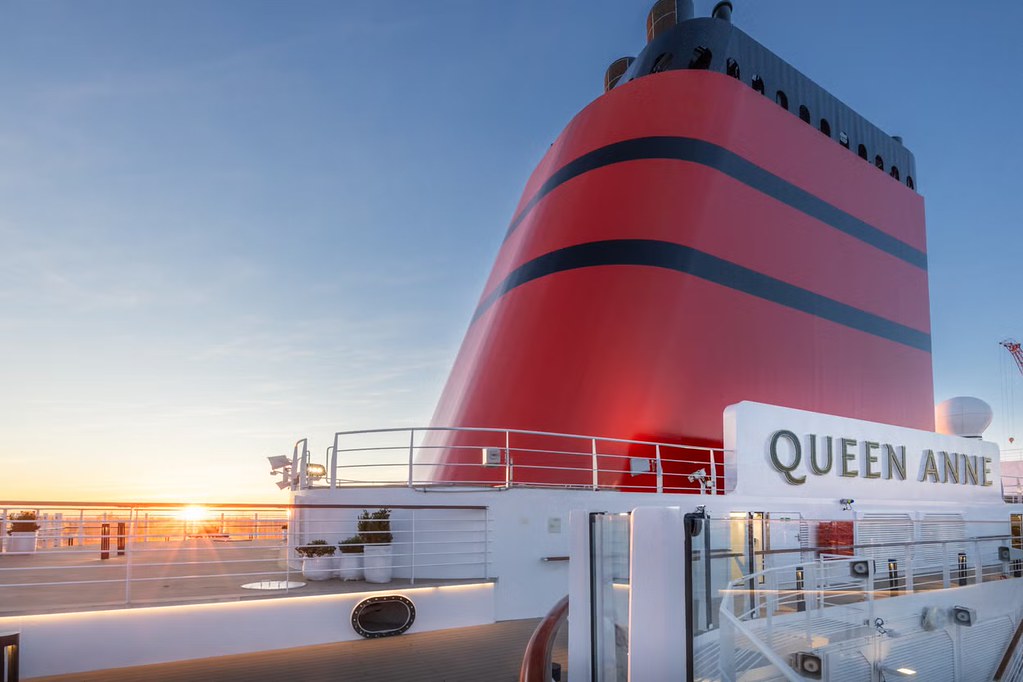
Passengers from different countries often receive different treatment when booking cruises, this includes fare inclusions and exclusions, booking terms, deposits, final payments, and even fares.
This is largely driven by rules, regulations, cultural differences, and market and competitive norms.
For example, USA residents have the option of refundable deposits but UK residents booking in the UK never have that option.
USA residents booking a Cunard Queens Grill suite at time of making this has the drinks package included in the fare, but any other country resident does not.
UK residents booking a Viking cruise have 90-day final balance payments, while in the USA it usually must be paid up to a year before the cruise.
Australians booking a cruise will have gratuities included as tipping is not part of the culture.
I could quote many more examples as there are many cases where the lines have different perks, terms and conditions based on the country you reside in.
Most lines also only allow you to book a cruise with an agent in the country you reside, and even if due to exchange rates changes fares for a cruise you want to do are more attractive to book in another country, they will not allow you to do this.
When we book a cruise, we automatically accept the cruise line terms and conditions in their cruise contract. But few ever read the small print which contains some surprising things.
Cruise Line Secret: Restrictive Cruise Contracts
For example, we agree the cruise line can search our baggage, person, and cabin at any time, and that they can confine us to our cabin, or in the ship’s brig (on board prison), with no compensation for a range of reasons, such as suspected norovirus and covid or, of course, disruptive or criminal behaviour.
We also agree that we can be disembarked at our own cost if the Captain decides we should.
Importantly, they also say they can change itineraries or not call on advertised ports if they deem it necessary for any reason – again without compensation.
I get contacted frequently by upset passengers that a key port that they booked to cruise for is dropped or could not be called on.
Of course, this can be out of the control of the cruise line due to weather, or as is the case as I make this where lines are not stopping into San Juan due to unplanned pier repairs.
But it may be due to financial or other reasons like lines are currently abruptly dropping calling into some Icelandic ports following a sudden addition of new fees.
Some lines say that they can take photographs and video images of you and may even use them in marketing or advertising material, without paying you.
But at the same time, some say they can stop or restrict you taking photographs or videos on their ships.
This happens. For example, the well-known vloggers Ben and David of Cruise with Ben and David have spoken about being stopped filming on MSC in the past.
Some lines even say they can require you to take down any images or posts you’ve placed on social media or blogs. My friend Sarah was once asked to take a post down, much to her shock after posting about some issues on a maiden voyage.
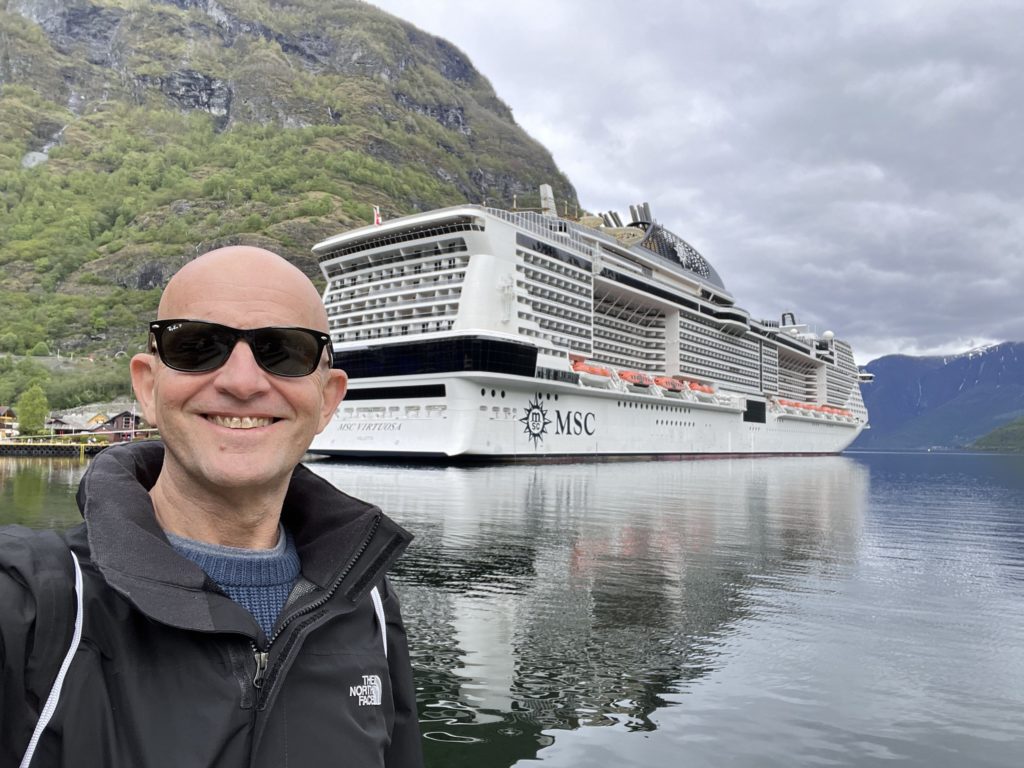
Cruise Line Secret: Waste Overboard
What is and is not put into the ocean by cruise ships is something that they don’t talk about as much as they should in my view.
Partly, as I suspect if they did, it would cause even more debate and more issues for them.
But let’s look at what does and doesn’t go into the ocean from cruise ships.
First, food waste after it’s been ground down into a liquid form is allowed to be, and is, released when the ship is out in international water. It becomes food for the fishes.
Grey water, which comes from our bathroom basin and showers, dishwashing and so on, goes through an onboard treatment process and Maritime Law allows that to be discharged into the ocean too.
Black water, or as we call it sewerage, is more complicated.
The MARPOL VI convention, covering all cruise and freight ships, allows raw sewerage to be released into the ocean when a ship is over 12 miles from land, and cruising at four knots.
Between three and 12 miles, only treated sewerage can be released.
And closer to land, no sewerage can be released into the ocean.
But while cruise ships could release untreated sewerage into the ocean, all lines have all agreed to a CLIA (Cruise Line International Association) ruling to not follow that protocol.
They only release sewerage into the ocean after passing through an onboard four-stage treatment process. This ensures it meets an agreed safe state to be released.
Glass, plastics, tin cans, cardboard, and paper are all sorted by type, and prepared for sale to recycling companies, and disembarked in ports.
If ships incinerate rubbish, they’re not allowed to put the ash from that into the ocean and it must be disembarked in port.
Ingredients like chemicals that are used, for example, for processing photographs, or oils from cooking, are sorted, stored, and must be disembarked in port.
Are there any things that surprised you about cruise lines that you think few people know about? Leave that in the comments.

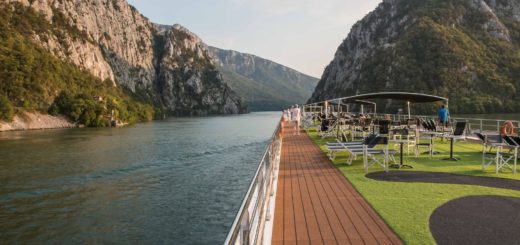

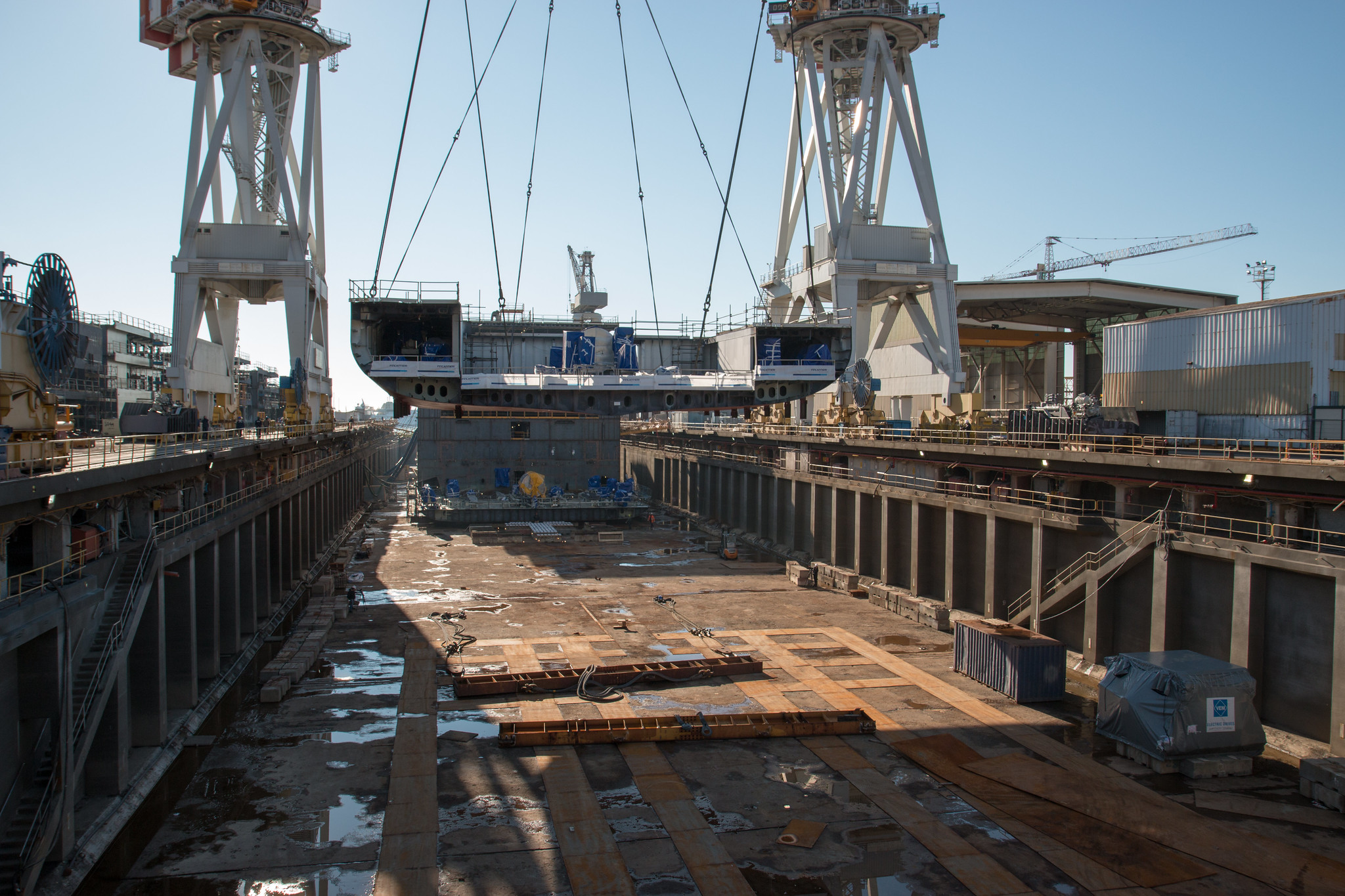










One of my pet peeves: When a cruise line advertises and itinerary “port” which is really not where the ship stops and is often far from the attraction (i.e., “Berlin,” which stops at Warnmunde, Germany a good 2 1/2 hour train ride from Berlin – yet the cruise line – shall remain unamed – calls the port “Warnemunde – FOR BERLIN” – or Rome, which is really Civitavecchia and again well over an hour from Rome; or La Spezia – “for Florence” again a long distance from the port). I the majority cases (except perhaps for an overnight) there really isn’t time to see these places properly and new cruisers are often surprised at that.
Gary, I think Viking just tightened up their payment requirements in the US, after going public. We’ve been on a dozen cruises with Viking, and 3 more planned through 2026. We have already had to pay for the 4th cruise, even though it is the farthest out. The others all have payments up until about 90 days before sailing. As such we’ll be shifting more of our future trips (when the rest of the year 2027 opens to book) to other cruise lines.